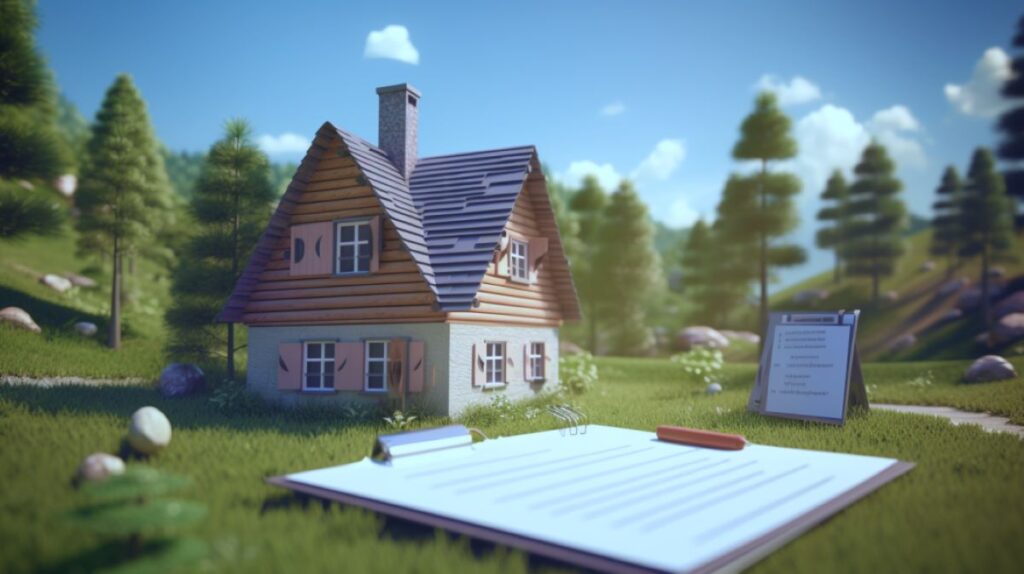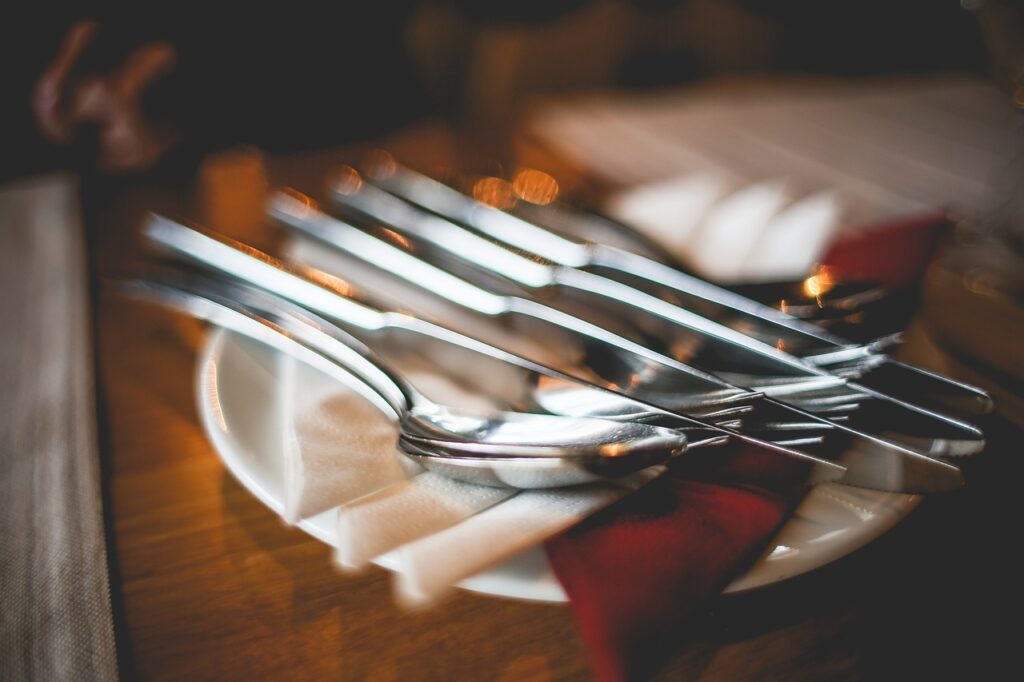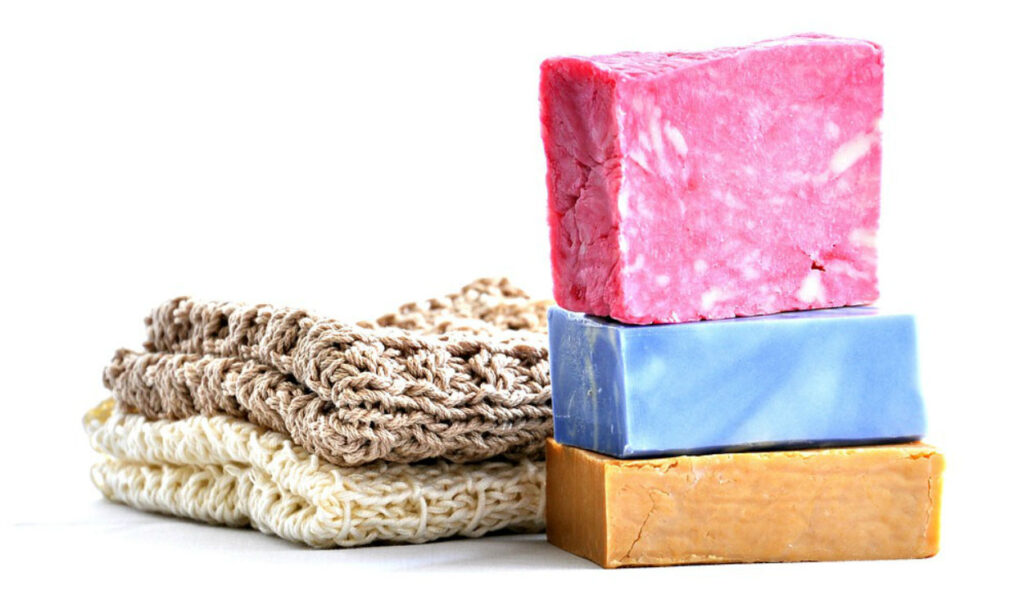Decluttering Checklist: Establishing Order, Room by Room
Decluttering can be intimidating, especially if it’s been a while since you last tackled it. However, it’s an important step in maintaining a clean and organized home. A decluttering checklist can be a helpful tool to guide you through the process and ensure that you don’t miss anything.
- Decluttering Checklist: Room by Room
- The Goal of Decluttering
- Decluttering Checklist FAQs
- How often should I update my decluttering checklist?
- Can a decluttering checklist help with hoarding issues?
- What's the best way to prioritize tasks on a decluttering checklist?
- Should I declutter alone or get help?
- How do I maintain motivation when using a decluttering checklist?
- How do I decide what to keep and what to discard?
It will typically include a list of areas to declutter, such as closets, drawers, and cabinets. It may also include specific items to focus on, such as clothes, books, or kitchen gadgets. A checklist can make decluttering feel less overwhelming by breaking the process down into smaller, manageable tasks.
- A decluttering checklist can also help you stay on track and motivated.
- Checking off completed tasks can provide a sense of accomplishment and momentum.
- Having a clear plan in place can make it easier to stay focused and avoid getting sidetracked.
Decluttering Checklist: Room by Room
The best checklists are those that are actionable. When it comes to decluttering, the easiest way to start is to tackle things in stages, gradually. Don’t become overwhelmed with the entire iceberg; chip away at it little by little. Before you know it, you’ll have a much smaller mess than when you started.
Whether you’re looking to do a quick tidy-up or a complete home overhaul, this comprehensive decluttering checklist will help you systematically approach each area of your home. Use it as a guide to create a more organized, less cluttered environment and brainstorm what other tasks are relevant to your home that we missed.
Entryway or Mud Room
- Recycle unneeded mail and flyers
- Donate or discard unworn shoes and outerwear
- Organize keys and daily essentials in a designated spot
- Clear out any junk and trash items that have no utility or intrinsic value
Living Room
- Remove magazines, newspapers, and books you no longer need
- Declutter DVDs, games, and electronics that are no longer in use, including cords that are no longer needed
- Tidy up throw pillows and blankets; donate the ones you don’t use
- Empty furniture drawers of any unneeded items
Kitchen
- Dispose of expired food from the pantry and fridge, including the chest freezer if you have one
- Donate duplicate kitchen tools and gadgets
- Recycle unwanted or unneeded Tupperware containers, empty cleaning bottles, or other unused or broken items
- Recycle any other applicable items like unused glass mason jars or packaging
- If you have a miscellaneous kitchen drawer as we do, clean it out and set clear rules for what goes in there in the future
Dining Area
- Clear out mismatched or chipped dishware
- Remove table linens and decorations that are no longer in style or use
- Check furniture storage for unwanted items that can either be disposed of, recycled, or donated
Home Office
- Shred old bills, receipts, and documents that are no longer needed
- Donate or recycle old electronics and cords
- Organize office supplies, discarding any dried-out pens or markers
Bedrooms
- Donate clothes and shoes that you haven’t worn in the past year
- Use under-the-bed storage for out-of-season items
- Clear off nightstands and dressers to keep only essentials
- Clean out the closet by donating or disposing of unneeded linens, towels, boxes, etc.
Bathrooms
- Safely dispose of expired medications and toiletries
- Donate or discard old towels and washcloths that are worn out
- Organize beauty products, getting rid of items not used in the past six months
- Decide which children’s bath toys are worth keeping and dispose of or donate the others
- Check bathroom vanities and storage areas for other items that can be cleaned out
Closets
- Remove clothing that doesn’t fit or that you haven’t worn recently
- Organize shoes and accessories, donating items that are no longer in fashion or use
Laundry Area
- Dispose of empty detergent bottles and old cleaning supplies
- Organize laundry supplies and discard any products you no longer use
- Ensure that cleaning tools and equipment are in good repair; replace if necessary
Kids’ Rooms
- Donate toys that are no longer played with
- Go through clothes and shoes to remove items that no longer fit
- Organize school supplies and artwork, keeping only the most meaningful pieces
Garage/Storage Areas
- Sell or donate tools and equipment you no longer use
- Properly dispose of old paint, chemicals, and hazardous materials
- Organize storage bins and label them for easy access
- Organize tools and donate anything unneeded
Digital Space
- Unsubscribe from unwanted email newsletters
- Delete old files and duplicate photos from your devices
- Organize digital documents into clearly labeled folders
- Invest in a secure cloud storage solution to consolidate all storage to one location rather than multiple devices, computers, etc.
Miscellaneous
- Recycle old batteries and lightbulbs at designated drop-off locations
- Donate books you’ve read and don’t intend to revisit
- Dispose of or donate decorations that no longer suit your style
The Goal of Decluttering
As you embark on your decluttering journey, remember that the goal is to clear space and create a sense of peace and order within your home.
This checklist is designed to guide you through each step of the process, making it manageable and even enjoyable. Take your time, be patient with yourself, and celebrate the small victories along the way. A tidy home is within reach, and the benefits of a decluttered space—for both your mind and your daily life—are well worth the effort.
Decluttering Checklist FAQs
How often should I update my decluttering checklist?
Update your decluttering checklist as needed to reflect new items, spaces, or goals. It’s a living document that can change with your lifestyle.
Can a decluttering checklist help with hoarding issues?
Yes, a decluttering checklist can be a step towards addressing hoarding behaviors by providing structure and breaking down the process into manageable tasks. For more specialized support, consider consulting with professionals trained to mitigate the habit of hoarding, specifically.
What’s the best way to prioritize tasks on a decluttering checklist?
Prioritize tasks based on urgency, the impact on your daily life, or the ease of completion. Tackle high-traffic areas or items causing the most stress first.
Should I declutter alone or get help?
This depends on the scale of decluttering and personal preference. Consider enlisting friends, family, or a professional organizer for larger tasks or emotional support.
How do I maintain motivation when using a decluttering checklist?
Set clear, achievable goals and reward yourself for completing tasks. Visual progress, like before-and-after photos, can also maintain motivation.
How do I decide what to keep and what to discard?
Use criteria such as frequency of use, emotional value, condition, and available space. If an item hasn’t been used in a year and doesn’t bring significant joy or function, consider letting it go.


